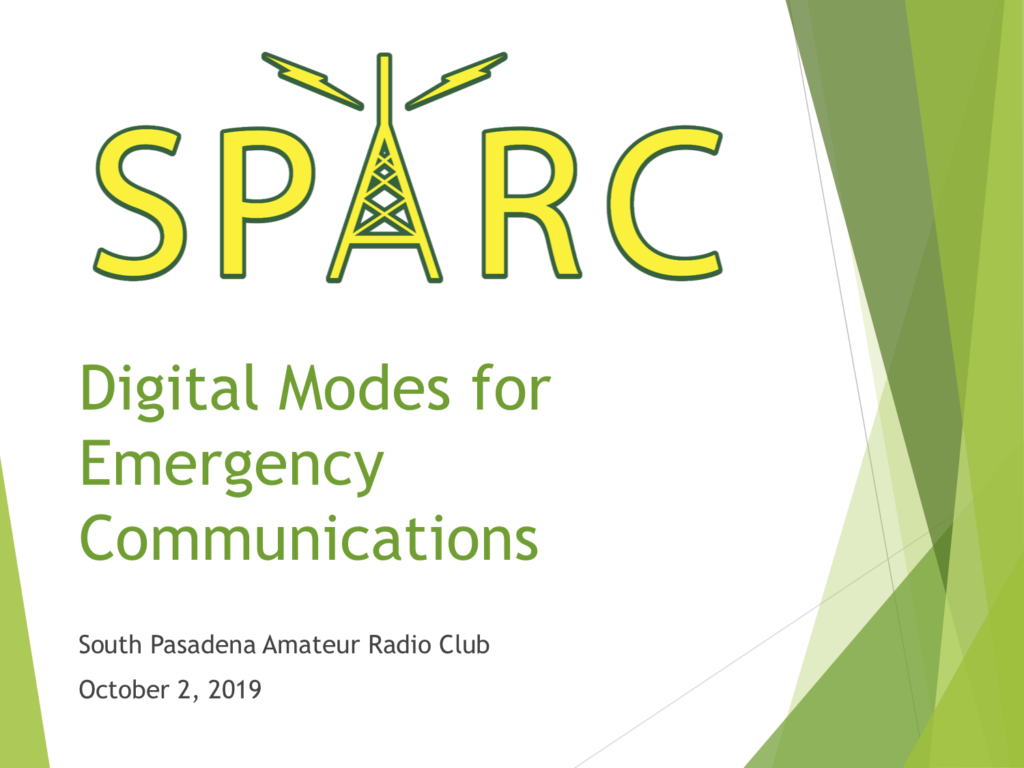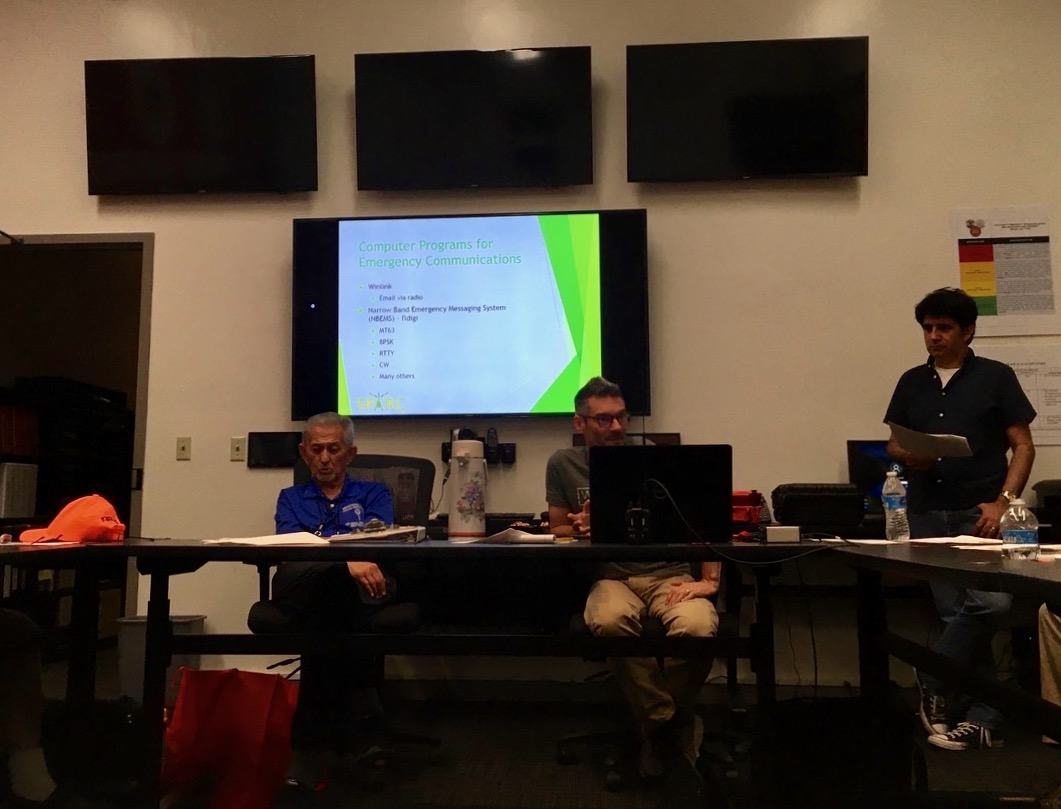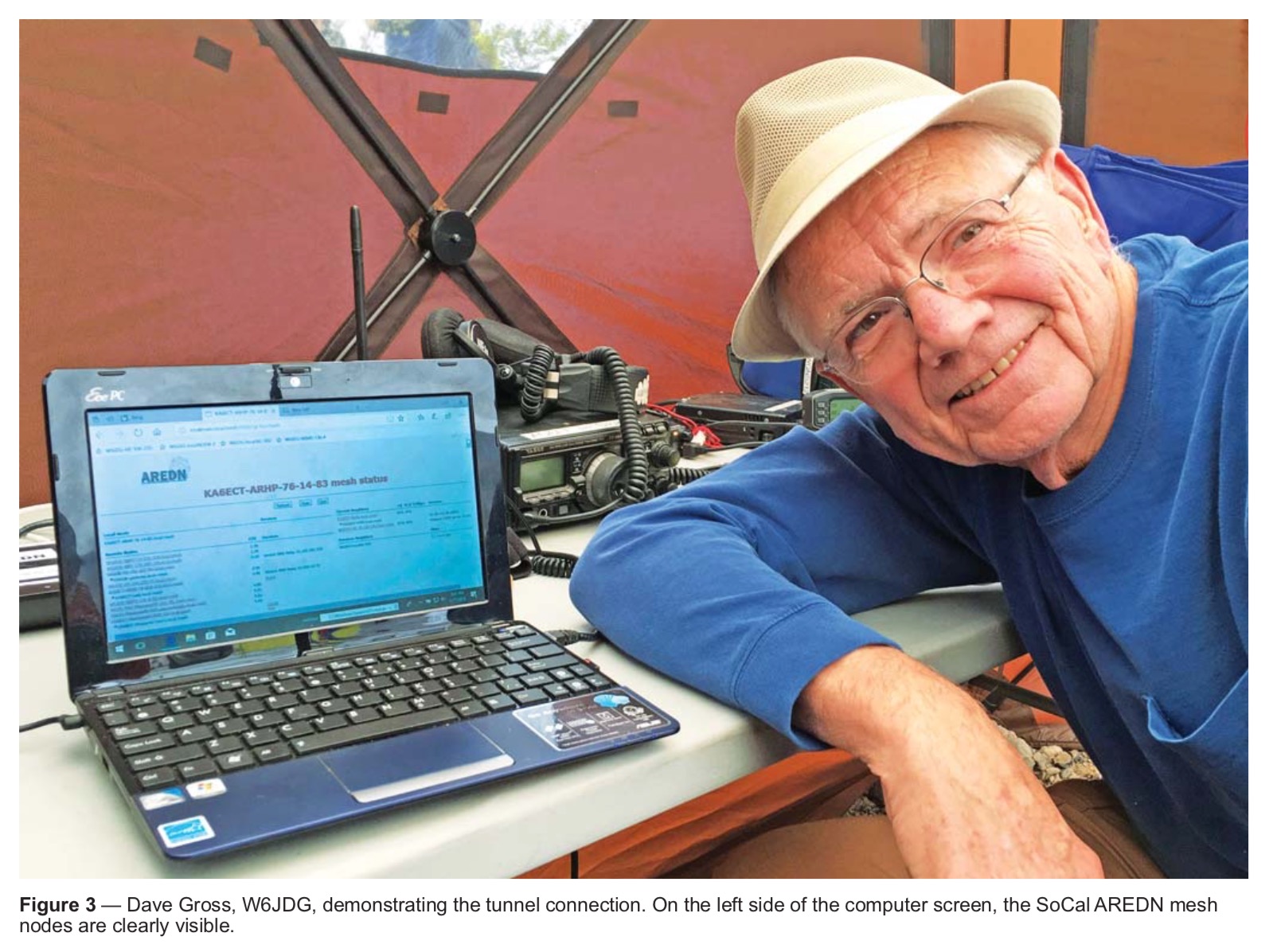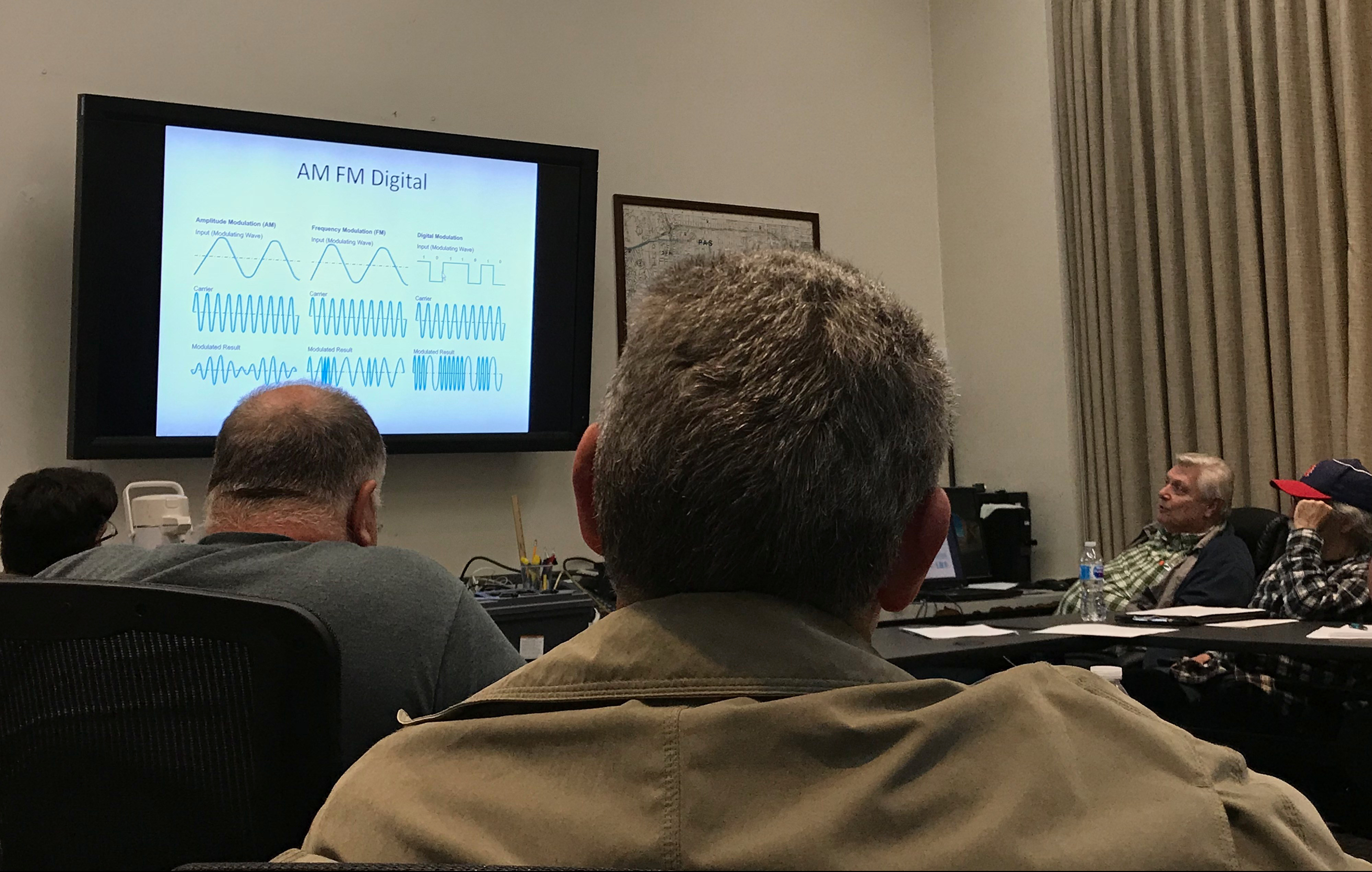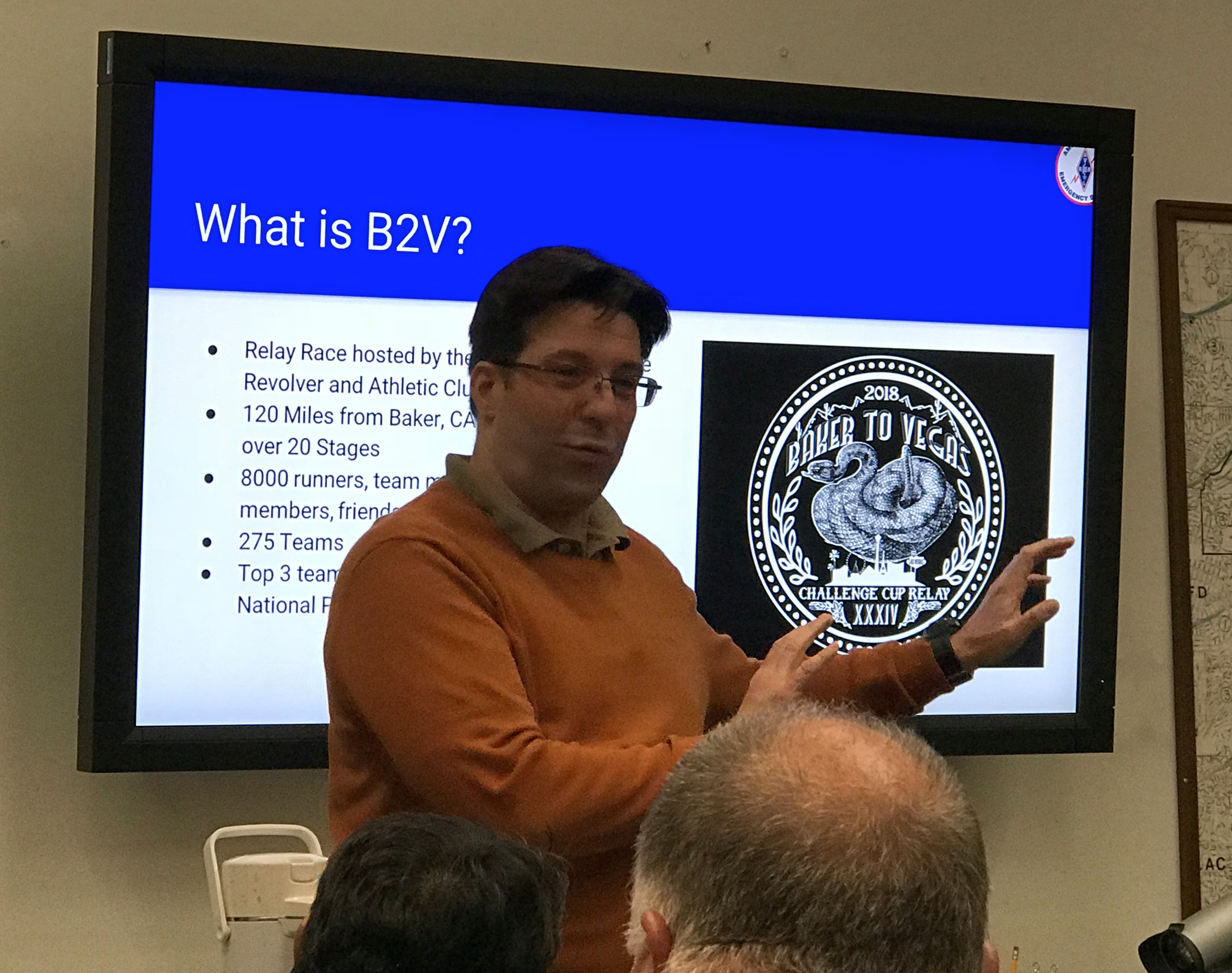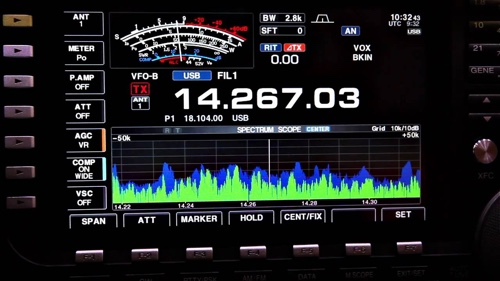This post was written by SPARC’s Oliver Dully, K6OLI.
Dr. Kim Andrew Elliott will retire from the Voice of America on June 23, 2017, after thirty-two years as audience research analyst and broadcaster.
Therefore, the last VOA Radiogram will be the weekend of June 17-18. There is no word on a replacement, if any.

As a new ham the VOA Radiogram has been of immeasurable value to my understanding of HF propagation, antenna setups and using SDRs like websdr.org or RTL-SDR. But most importantly VOA Radiogram was my gateway to Fldigi, providing a stable and reliable platform to experiment with, and learn about the many settings and modes.
For hams focused on emergency communications, VOA Radiogram has been a one-of-a-kind training opportunity, increasing our skills and allowing for experimentation, all of which ultimately benefits our served agencies and therefore the communities in which we live and operate.
Moreover, hams without HF capabilities or licensing found VOA Radiogram useful because they had to think out of the box, using SDR dongles, shortwave receivers, or web-based SDRs to access the digital transmissions with Fldigi. By demonstrating capabilities such as fast transmission of text and even image transfers over long distances, Dr. Elliott has inspired many hams to upgrade their license and their stations.
I want to thank Dr. Elliott for his work and dedication. The VOA Radiogram has been one of the most valuable and useful transmissions over the airwaves. I also want to express my hope that VOA will continue a regular schedule of digital transmissions via Fldigi. The benefits for the community and its preparedness are immense.
For those who want to try VOA Radiogram during the remaining transmissions:
- set Fldigi to use your computer’s internal soundcard
- find an SDR that covers the band you want on websdr.org (UTwente SDR will work best for most people)
- and tune to the frequency at the correct time using AM.
Fldigi will pickup the transmission from your computer speakers and decode the signal through the internal microphone. You can watch and read it as it happens. (Those of you with appropriate HF capability will be able to tune as you normally would and decode acoustically or via your soundcard interface.)
Here is the schedule for the next few weekends in Pacific Time:
Sat 0900-0930 17580 kHz
Sat 1930-2000 5745 kHz
Sun 1230-1300 15670 kHz
Sun 1330-1400 11580 kHz
Sun 1630-1700 11580 kHz
You can find the program, official schedule in UTC and further information on http://voaradiogram.net.
73,
Oliver K6OLI
